There are many advantages of waterjet cutting compared to other methods, but if we had to try and summarise them neatly into a few words we’d say;
The ability to cold cut almost any material in any direction with less waste and a superior finish.
But really that’s not enough of an explanation, so let’s expand a little on that statement and address some of the areas of improvement over more traditional cutting methods.
Omni-directional cutting
Waterjet cutting allows omni-directional cutting – the ability to cut in any direction which gives much greater cutting flexibility. In most cases starting holes are not required as the water jet is able to perforate the material. It is now much easier to cut more complex shapes and designs into all sorts of materials.


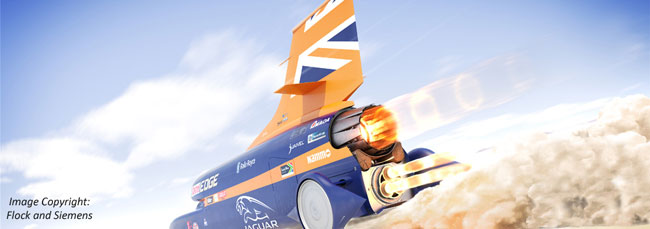

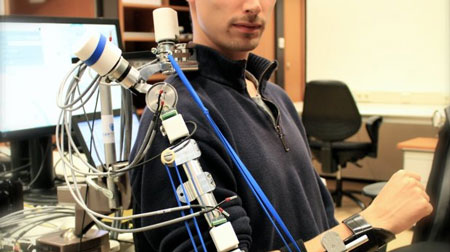


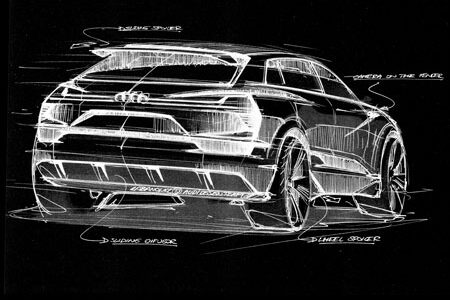
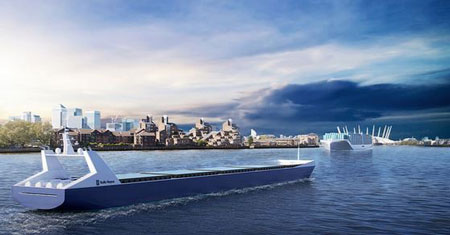
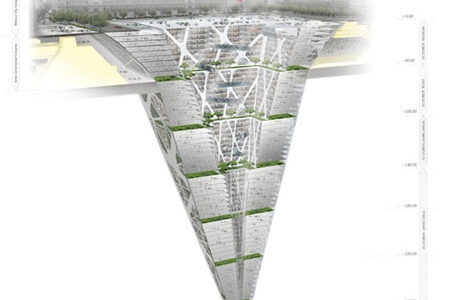

Recent Comments